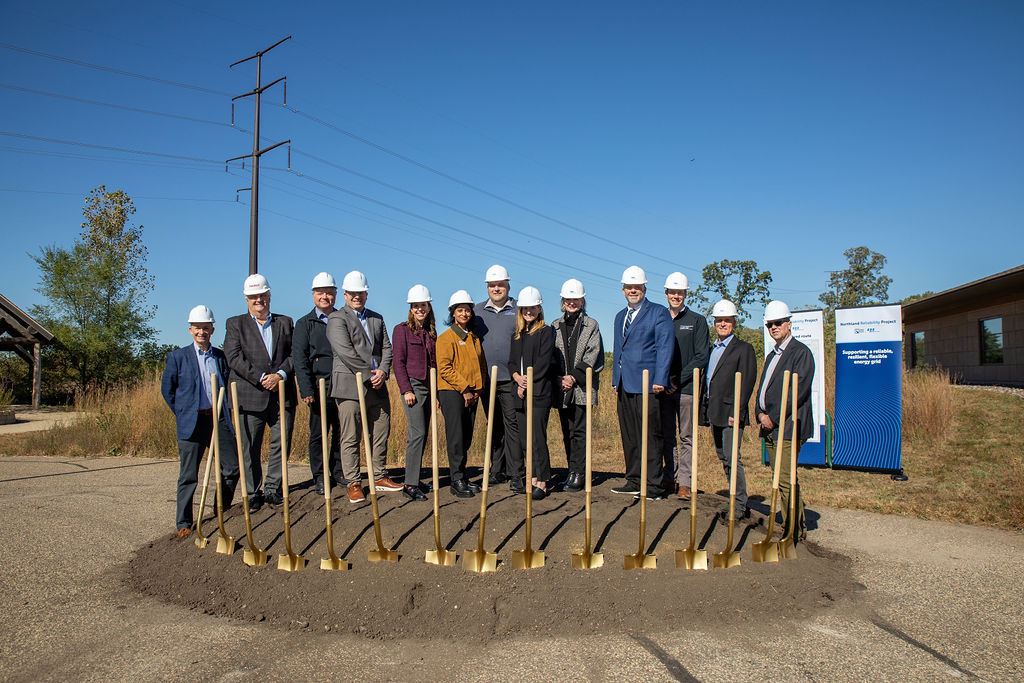A lot can happen with just the flip of a switch. It could mean your morning smoothie beginning to blend, a fan turning on to cool you down or a lamp lighting up to help you read. For electric cooperatives like Great River Energy, the flip of a switch can mean relieving the grid during high periods of stress while also saving consumers money.
Utilities have long understood they can use the electric system efficiently and economically by reducing demand at certain times. Great River Energy is a leader in deploying this strategy, known as demand response.
It works like this: Members can choose to participate in one or several demand response programs through their electric cooperative. This allows Great River Energy to “control” or “cycle” their air conditioner, water heater, heat pump or other electric devices for a period of hours on high demand days. In exchange, the member receives a reduced electric rate. More than 335,000 of these appliances, along with irrigation systems, were enrolled in demand response programs offered by Great River Energy’s member-owner cooperatives in 2020.
“Our high member participation in these programs is what helped make Great River Energy an industry leader in this strategy,” said John Reinhart, demand response technology lead at Great River Energy. “Their willingness to help not just their cooperative, but the entire membership, during extreme weather events is invaluable.”
When the time comes for these appliances to be used for demand response — typically on hot summer days or during a polar vortex when energy prices increase — Great River Energy “flips the switch.” Technically speaking, a control schedule is sent via a radio-transmitter signal to receivers wired into the devices, alleviating demand on the grid.
In addition to reducing sometimes hundreds of megawatts of electricity demand, this allows Great River Energy to avoid making expensive purchases from the energy market, which saves members money.
Great River Energy’s load control system was already transformed in 2017 with the launch of the demand response management system (DRMS), enabling the adoption of modern technology to replace the existing obsolete radio transmitters, which will be retired in 2026.
Instead of Great River Energy’s legacy radio signals, the new system relies on member-owned smart meter equipment that will run the same control schedules but in a more modern and responsive way. The DRMS system is flexible, too, allowing each member-owner to select the technology that best fits their local cooperative’s needs.
Great River Energy is integrating the new DRMS into its members’ load management systems over the next few years. Sixteen of Great River Energy’s 28 member-owner cooperatives have completed their integrations as of July.
“We’ve been able to use the new DRMS as an opportunity to demonstrate the flexibility of load management scheduling and the ability to control the fleet of load management assets as sort of a ‘virtual power plant’ to shape Great River Energy’s consumption patterns,” Reinhart said. “Ultimately we want to extend our capabilities beyond traditional load control and be more responsive to growing industry trends in load management, home energy systems and electric vehicles.”
Great River Energy continues to work with its member-owner cooperatives to discover innovative solutions that better use the grid and serve consumers in new ways while also transforming the energy system to be more resilient, reliable, affordable and environmentally responsible.

 " data-object-fit="cover">
" data-object-fit="cover">